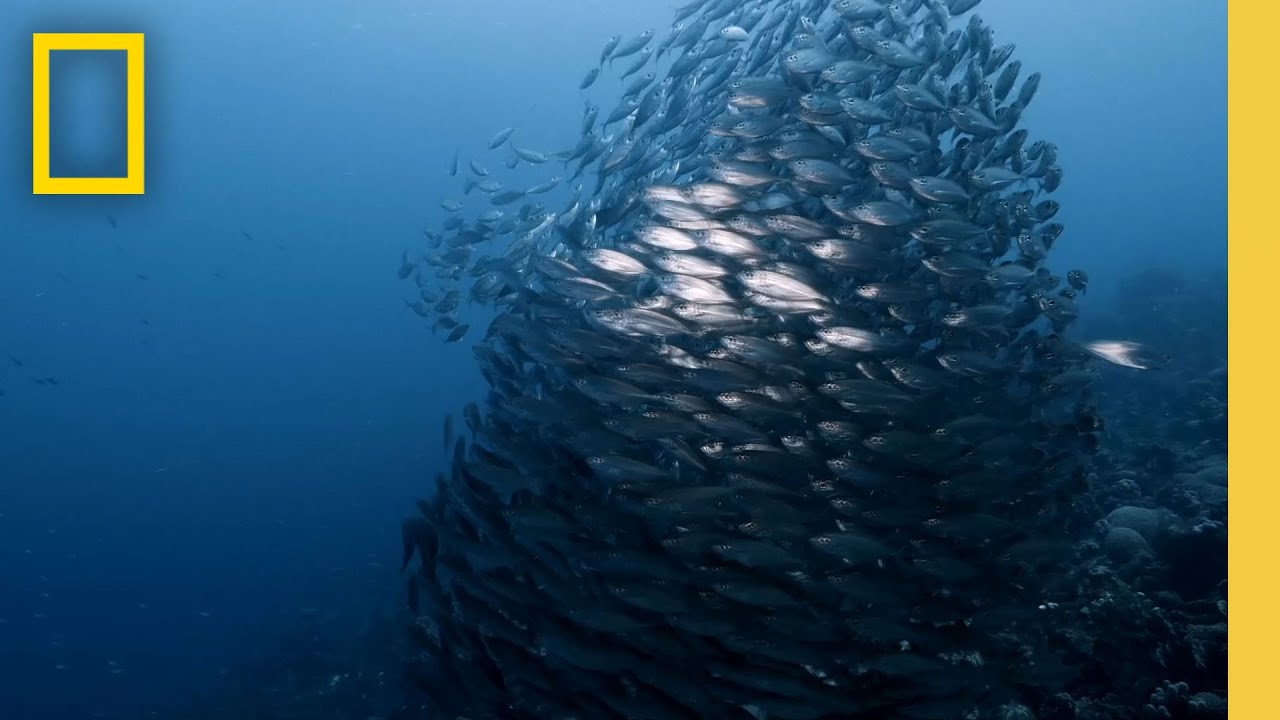– The scale and impact of invasive species on ecosystems and biodiversity
– Strategies for managing and controlling invasive species populations
– The role of public education and community involvement in combating invasive species
– Case studies of successful invasive species management programs
– Future challenges and research directions for controlling invasive species
Invasive species pose one of the most significant threats to biodiversity, ecosystem stability, and economic health worldwide. Defined as non-native species to an ecosystem whose introduction causes, or is likely to cause, harm to the environment, economy, or human health, invasive species can devastate native populations, alter habitats, and disrupt ecological balance. This discussion delves into the multifaceted issue of invasive species, highlighting key strategies for their management and control and emphasizing the pivotal role of ongoing research and community engagement in mitigating their adverse impacts.
One primary concern is the extensive damage invasive species inflict on ecosystems. These invaders can outcompete native species for resources such as food and habitat, leading to declines or even extinctions of native populations. For example, invasive plants like kudzu in the United States suffocate native plants by depriving them of sunlight, while the introduction of predatory species, such as the lionfish in the Caribbean, has led to significant reductions in the diversity and abundance of native marine species. The habitat alteration by invasive species also affects ecological processes and can lead to further cascading effects throughout the ecosystem.
To combat these challenges, scientists and conservationists employ various strategies to manage and control invasive species populations. Mechanical removal, the deployment of natural predators, and chemical treatments are common methods. However, these approaches require careful planning and execution to avoid unintended consequences. For instance, biological control, which involves introducing a natural predator of the invasive species, necessitates extensive research to ensure the solution does not become a new problem. Success stories, such as controlling the invasive European rabbit in Australia by introducing the myxoma virus, underscore the potential of well-vetted biological control methods.
Public education and community involvement play critical roles in the fight against invasive species. Human activities initially facilitate many invasions, whether intentionally, as with ornamental plant introductions, or unintentionally, as with stowaway species in shipping containers. Increasing public awareness of the routes by which invasive species spread can lead to more conscientious behaviors, such as cleaning hiking boots to remove seeds or avoiding the release of exotic pets into the wild. Community science initiatives, where public members contribute to monitoring and removal efforts, also strengthen local conservation efforts.
Highlighting successful invasive species management programs provides valuable insights and inspiration for tackling this global challenge. Removing rats from South Georgia Island, which resulted in the recovery of native bird populations previously decimated by predation and competition, illustrates the potential for ecosystem restoration following the eradication of invasive species. Such case studies showcase effective strategies and technologies and emphasize the importance of dedicated funding, international cooperation, and long-term monitoring.
Lastly, the future of invasive species control hinges on addressing current limitations and accelerating research efforts. Climate change, global trade, and travel are expected to facilitate the spread of invasive species, making early detection and rapid response systems increasingly vital. Advances in genetic technologies, such as gene editing to reduce fertility in invasive populations, offer promising new tools but require rigorous ethical and ecological evaluation. Boosting research funding, fostering global collaborations, and harnessing technological innovations are crucial steps toward safeguarding ecosystems from the invasive species explosion.
In summary, the invasive species explosion presents a formidable challenge that demands a multifaceted and adaptive approach. Through targeted management strategies, robust public education efforts, and cutting-edge research, it is possible to mitigate the impacts of invasive species and protect the world’s precious biodiversity. Engaging communities, leveraging success stories, and navigating the challenges of an ever-shifting ecological landscape are essential steps in this ongoing battle. The collective efforts of conservationists, researchers, policymakers, and the public are vital in turning the tide against invasive species and securing a resilient future for Earth’s ecosystems.
*****
Source Description
Paid content for @Prada Human-wrought changes to the biosphere are causing species to cross ecosystem boundaries en masse. The challenge now is to curb their spread. For better or worse, humans are stewards of the planet’s biodiversity, and we must quickly develop strategies and solutions to mitigate our impact.
Read more here: https://on.natgeo.com/3OBVDuk.
Enjoy a free trial of National Geographic right here: https://ngmdomsubs.nationalgeographic.com/servlet/OrdersGateway?cds_mag_code=NG9&cds_page_id=
➡ Subscribe: http://bit.ly/NatGeoSubscribe
And check out more National Geographic series and specials here:
➡ Disney Plus: https://on.natgeo.com/3q6on5p
➡ Hulu: https://on.natgeo.com/3Qor0Ko
➡ NGTV app: https://www.nationalgeographic.com/tv/
➡ ABC app: https://abc.com/
#NationalGeographic #SpaceInvaders
About National Geographic:
National Geographic is the world’s premium science, exploration, and adventure destination. Through their world-class scientists, photographers, journalists, and filmmakers, Nat Geo gets you closer to the stories that matter and past the edge of what’s possible.
Get More National Geographic:
Official Site: http://bit.ly/NatGeoOfficialSite
Facebook: http://bit.ly/FBNatGeo
Twitter: http://bit.ly/NatGeoTwitter
Instagram: http://bit.ly/NatGeoInsta
TikTok: http://www.tiktok.com/@natgeo
Tenor: http://on.natgeo.com/31b3Koc
Space Invaders: Solving the Invasive Species Explosion | National Geographic
National Geographic
https://www.youtube.com/natgeo

